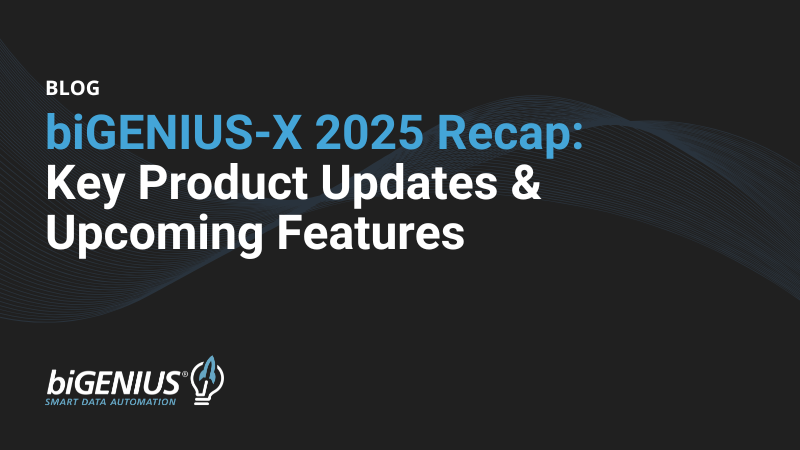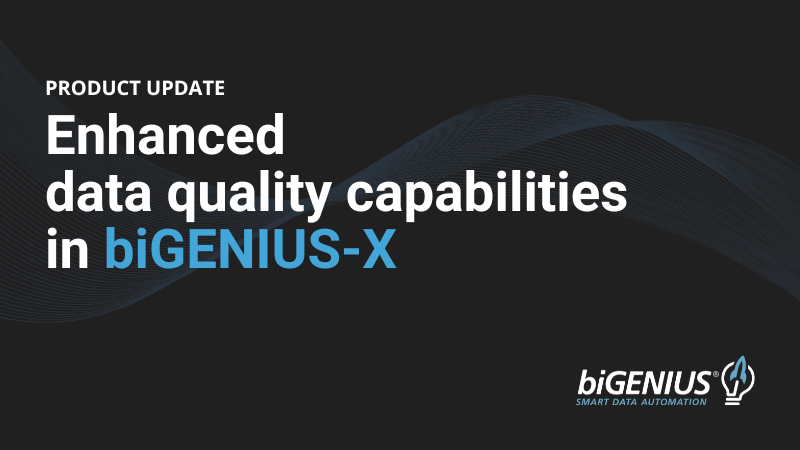Why Microsoft Fabric?
Data warehouses and lakehouses each serve distinct purposes, catering to specific data workloads. Microsoft Fabric, as an all-encompassing analytics platform, empowers users to explore both options.
Microsoft Fabric lays a solid foundation for business intelligence (BI) projects by offering tools that enhance collaboration, scalability, and interoperability. Its seamless integration with Microsoft products, such as Power BI and Azure services, fosters a cohesive ecosystem for data analysis and visualization. Recent enhancements to the platform have significantly improved user experience, facilitating easier configuration in a sandbox environment. This allows users to experiment with different settings and features without impacting their live production systems, providing an invaluable opportunity to familiarize themselves with the platform's capabilities and fine-tune configurations to best meet their needs.
By centralizing data storage, Microsoft Fabric presents a unified platform that integrates all services, enabling efficient management and utilization of both data warehouses and lakehouses.
Data warehouse vs data lakehouse in Microsoft Fabric
Choosing between a data warehouse and a data lakehouse in Microsoft Fabric hinges on an organization's specific needs and objectives. Each option offers distinct advantages for data storage and processing.
Data warehouses provide a structured environment for storing and analyzing large volumes of data, facilitating efficient querying and reporting. Data lakehouses, on the other hand, merge the strengths of data warehouses and data lakes. They allow organizations to store vast amounts of raw data in its native format until needed, offering unmatched flexibility for data exploration and analysis. This unified architecture concept delivers a more adaptable and scalable solution capable of handling both structured and unstructured data. The Microsoft Fabric Data Lakehouse empowers businesses to manage their growing data volumes more effectively, supporting advanced analytics and machine learning capabilities while maintaining the performance and reliability of traditional data warehouses.

From biGENIUS-X to Microsoft Fabric
Once you have completed the data modeling process and successfully generated the code artifacts in biGENIUS-X, the next step involves connecting and syncing your Git repository with Microsoft Azure Synapse Data Engineering Workspace. This centralizes the management of biGENIUS-X generated code artifacts.
You can then import and execute your Jupyter Notebooks within the Microsoft Azure environment. This streamlined process ensures that your data engineering tasks are well-organized, easily accessible, and ready for execution within the powerful Microsoft Fabric platform.
Upcoming update
Later this year in 2024, users will be able to generate their Data Factory pipelines in biGENIUS-X.
Data Factory is considered the optimal solution for migrating on-premise data to the cloud while using Microsoft Azure. By generating Data Factory pipelines in biGENIUS-X, users can further streamline the data ingestion process, saving time and effort that would otherwise be spent on manual updates.





